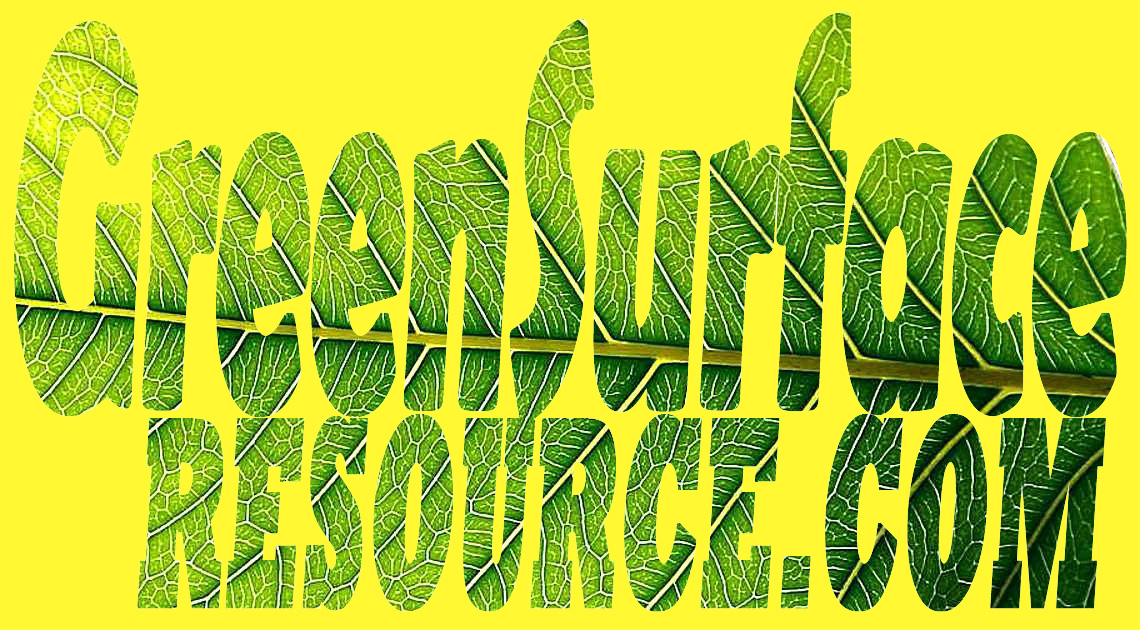Guest Editorial: Rock, Paper, No Scissors

By Jessica McNaughton
Everyone is familiar with this simple game of odds. You have a one in three chance of winning. But one of the biggest winners in the Green Countertop space transcends logic and actually turns Paper into Stone. In reality, that would mess up the game, however, the transformation of one of the most widely used commodities into a durable lasting surface is indeed a reality.
PaperStone at first glance looks almost like a warmer soapstone, with a matte finish and a contemporary appeal. But how can paper be durable? I mean, seriously, if you get it wet, what happens? Nothing. Paper fibers are incredibly strong and can be recycled over five times. In PaperStone, these strong fibers are fully encapsulated in a proprietary phenolic resin to create a single, solid mass that is less brittle than natural stone. The fibers are cross-linked during production, which creates the durability.
Still don’t get it? PaperStone technology is used to cast concrete forms against – as release sheets for concrete foundations in buildings. Phenolic resins are used in laboratory tops. And you don’t have to dig too deep to remember all the crazy experiments and chemicals that are used in Science class. So, if you could cast concrete against it and pour chemicals on it – its durability should be unquestionable.
PaperStone has a great environmental story as well. The paper used is post-industrial recycled office paper, cardboard and other paper products. PaperStone is made in the USA. It can be worked with woodworking tools in any mill shop and is available in thicknesses from ¼ inch up to 1.25 inches.
I know the idea of paper in a surface seems fallible, but it is truly a revolutionary concept and material.
Unlike the other materials on the market that are playing “Clone Wars” with the leaders in Granite, Quartz and Marble – all trying to mimic the same look – PaperStone brings a unique, true aesthetic. PaperStone wants to look like PaperStone. Put your scissors down. We have a winner.
About the Author
Jessica McNaughton is the President of CaraGreen, a distributor of sustainable materials, and co-authored the book Understanding Green Building Materials. She has her Bachelor of Science in electrical engineering and her MBA from the Ivey Business School. She is also a LEED Accredited Professional (LEED AP).
Editor’s Note: The opinions expressed in guest editorials are those of the author’s and do not necessarily (although in some cases may) represent the views of the publisher, editor or owner of this website.





Recent Comments